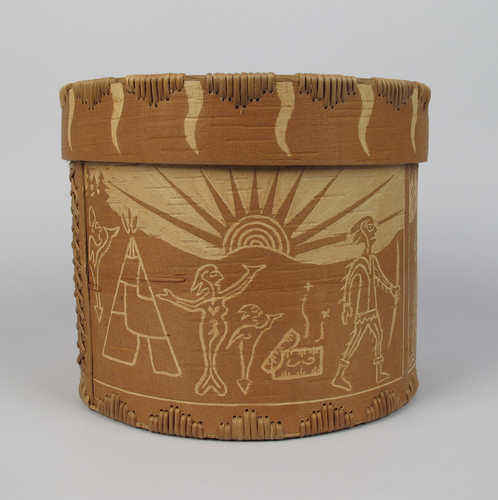Keywords: Archaeology
Item 100174
Perfume bottle, Portland, ca. 1850
Contributed by: Maine Historical Society Date: circa 1850 Location: Portland Media: Glass
Item 100170
Morley transfer-print bowl, Portland, 1850
Contributed by: Maine Historical Society Date: circa 1850 Location: Portland Media: Pottery, porcelain, ceramic
Exhibit
The Life and Legacy of the George Tate Family
Captain George Tate, mast agent for the King of England from 1751 to the Revolutionary War, and his descendants helped shape the development of Portland (first known as Falmouth) through activities such as commerce, shipping, and real estate.
Exhibit
George Popham and a group of fellow Englishmen arrived at the mouth of the Kennebec River, hoping to trade with Native Americans, find gold and other valuable minerals, and discover a Northwest passage. In 18 months, the fledgling colony was gone.
Site Page
View collections, facts, and contact information for this Contributing Partner.
Site Page
Maine Historic Preservation Commission
View collections, facts, and contact information for this Contributing Partner.
Story
The story behind David Moses Bridges' basket
by Patricia Ayala Rocabado
The story behind David Moses Bridges' (1962-2017) birch bark basket
Lesson Plan
What Remains: Learning about Maine Populations through Burial Customs
Grade Level: 6-8
Content Area: English Language Arts, Social Studies, Visual & Performing Arts
This lesson plan will give students an overview of how burial sites and gravestone material culture can assist historians and archaeologists in discovering information about people and migration over time. Students will learn how new scholarship can help to dispel harmful archaeological myths, look into the roles of religion and ethnicity in early Maine and New England immigrant and colonial settlements, and discover how to track changes in population and social values from the 1600s to early 1900s based on gravestone iconography and epitaphs.












